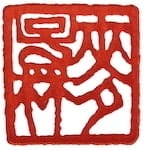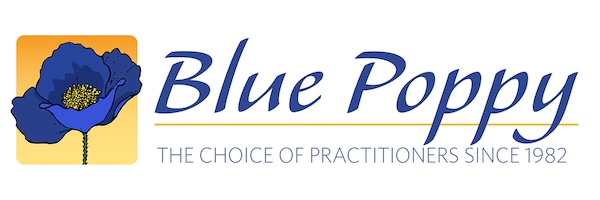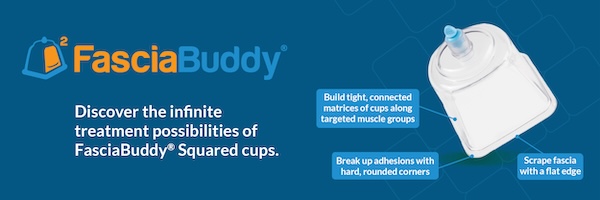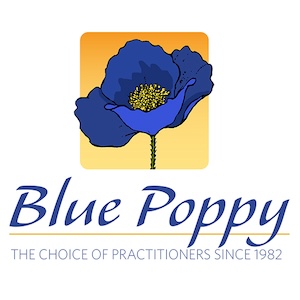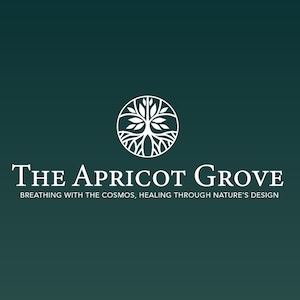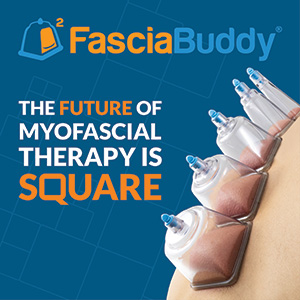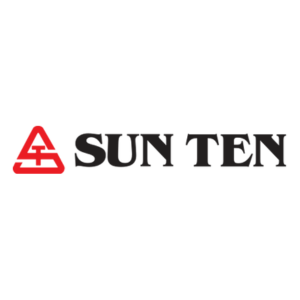Li Shi Zhen and Sun Si Miao, they shared an interest in alchemy. Often enough in our clinical work, patients will describe what happened with them as being magical, but as practitioners we know its not magic, its medicine. But it’s a medicine that works outside the parameters of Western thought, and the consensus of settled science.
In this conversation with Peter Firebrace we explore being a Zhen Ren, a True Human, and internal alchemical practice. The journey to Emptiness through the three Dan Tian, and the process of returning to source, unity and simplicity.
Listen into this conversation on the cultivation of Authenticity that goes from simple to complex and back again to simple.
In This Conversation We Discuss:
- Restoration and the immaterial
- Importance of preserving traditional elements of Chinese medicine
- Journey of returning to the source through Nei Dan
- Integration of Chinese medicine with conventional medicine
- Alchemy of the organs and their symbolic names
- Nei Dan as a cultivation of authenticity
- Exploring Nei Dan through Tai Chi, Qigong, and poetry
- Blending Chinese medicine seamlessly with modern conventional medicine
- Unpacking the alchemical processes hidden in the functioning of organs
- Decoding the symbolic representations of organs and exploring their interconnections
- Translating complex Chinese medicine concepts and Nei Dan principles through poetic narratives
- Being an experienced novice
Clinical practice is part inborn talent, part dedicated study and part openness to good fortune.
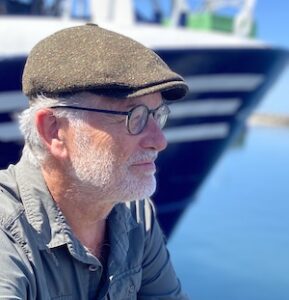 I have been practicing acupuncture for forty years and teaching and writing on Chinese medicine and philosophy for nearly as long. My influences have been Dr van Buren at the International College of Oriental Medicine in England, where I originally studied and later became the principal. The college had a special interest in heavenly stems and earthly branches. With teachers Claude Larre and Elisabeth Rochat de la Vallée from the Institut Ricci and Ecole Européene d’Acupuncture in Paris I studied classical Chinese, the Daoist writers Laozi and Zhuangzi and the medical classics. This balanced Chinese medicine with its deep-seated cultural perspective.
I have been practicing acupuncture for forty years and teaching and writing on Chinese medicine and philosophy for nearly as long. My influences have been Dr van Buren at the International College of Oriental Medicine in England, where I originally studied and later became the principal. The college had a special interest in heavenly stems and earthly branches. With teachers Claude Larre and Elisabeth Rochat de la Vallée from the Institut Ricci and Ecole Européene d’Acupuncture in Paris I studied classical Chinese, the Daoist writers Laozi and Zhuangzi and the medical classics. This balanced Chinese medicine with its deep-seated cultural perspective.
I now live in Denmark where I am focussing on four particular subjects – the nature of time and timing, Neidan internal alchemy, Yijing patterns of change and acupuncture point portraits. In time these will become available online at Guan Academy.
Links and Resources
You can reach out to Peter by email.
Check out Peter’s classes on the Net of Knowledge.
Read (or listen) to this article on Yin Tang and its importance in internal alchemy.
Here’s a list of recommended sources on Internal Alchemy, Neidan from Peter
An Exposition on the Eight Extraordinary Vessels, Charles Chace and Miki Shima, Eastland Press.
Li Shi-Zhen’s Exposition on the Eight Extraordinary Vessels contains many explicit references to the internal alchemy, neidan tradition. The authors dedicate a whole chapter on the importance of this, including a useful summary of Daoist and neidan concepts and texts, which is very helpful for those trained in Chinese medicine, but who are not familiar with neidan.
The World Upside Down, Essays on Taoist Internal Alchemy, Isabelle Robinet, Golden Elixir Press.
Four essays translated from the original French to English. Excellent French scholar who dedicated much of her life to translating Daoist and internal alchemy texts.
Awakening to Reality, The “Regulated Verses” of the Wuzhen Pian, a Taoist Classic of Internal Alchemy, Fabrizio Pregadio, Golden Elixir Press.
Awakening to Reality (Wuzhen Pian) is one of the most important and best-known Taoist alchemical texts. It gives a real feel for the cryptic coded language and poetry of the alchemical world.
White Moon on the Mountain Peak, The Alchemical Firing Process of Nei Dan, Damo Mitchell, Singing Dragon.
A practical book outlining the principles and practices for the early stages of Daoist alchemical meditation. It includes an explanation and commentary on the two neidan maps, the Neijingtu, Internal Landscape and the Xiuzhentu, Cultivating Authenticity.
The Yellow Court Scripture, Volume 1, Text and Main Commentaries, Livia Kohn, Three Pines Press.
A recent translation of one of the main internal alchemy texts. Not for the beginner, but important for those who want to go deeper into the whole subject.
WEBSITE
/www.goldenelixir.com/jindan_essays.html
Free and authoritative articles on Taoist Alchemy. The Golden Elixir Press is a great resource and publishes many books on and around the subject of neidan.
Subscribe To This Podcast In Your Favourite Player
Share this podcast with your friends!
Shop Talk with Brenda Hood
Difference Between the Zangfu and Jingluo
This Shop Talk is a discussion of the differences between the Zangfu organ system and that of the Jingluo.
A brief history is given, as are mentions of the differing relationships between the Heavenly Stems and Earthly Branches with regard to the Zangfu organs and Jingluo channels.
An example of this is that the internal Zangfu organ Lung is attributed to Metal; whereas the Hand Taiyin Lung channel is attributed to Yang Wood. The differing Five Phase natures of the internal Zangfu organs and the more external Jingluo system, is actually a clear reflection of their different anatomical functions in regard to the overall Chinese Medicine anatomy of the human body. That is to say, the internal organs are the body’s way of assimilating and storing, whereas the Jingluo system is one that enables a discrete individual to maintain a dynamically homeostatic state in the context of a greater external environment, an environment which varies along the number of different parameters.
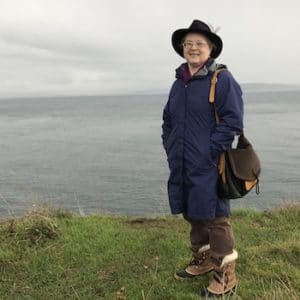 Brenda Hood, P.hD, L.Ac
Brenda Hood, P.hD, L.Ac
I was born and raised in Peace River, Canada. Then wound up going to China to study Chinese medicine after becoming disillusioned with a degree in psychology. I spent over twenty years there being completely enamored with the medicine and acquiring a few degrees. After returning to North America spent some years teaching Foundations of CM and other basic courses at NUNM. I’m back up in Canada now working on a foundations book to explain the energetic and philosophical bases of the medicine with an eye to using the classics and historical texts as my sources.
Clinically, I started out using the TCM system, but I couldn’t really get it to work like I thought it should. I stepped out of CM academia and spent a lot of time with “folk practitioners” and cultivators. There are a lot of hidden gems in China though living there and speaking/reading the language was definitely required.
The study of CM is endless. This is the medicine of the Heart whose medium is joy. When there is a quiet joy to what you are doing, it reveals a truth and integrity of being.
